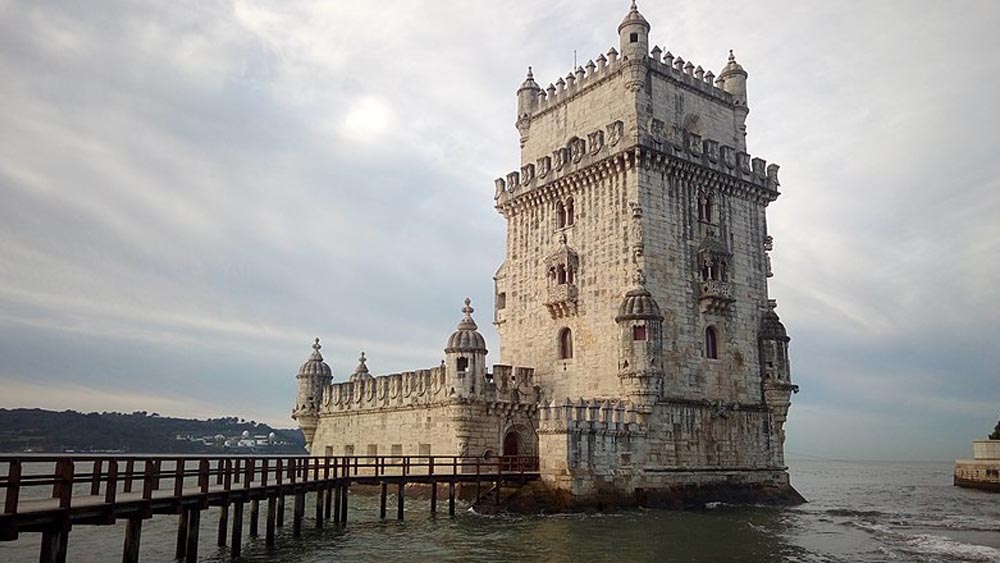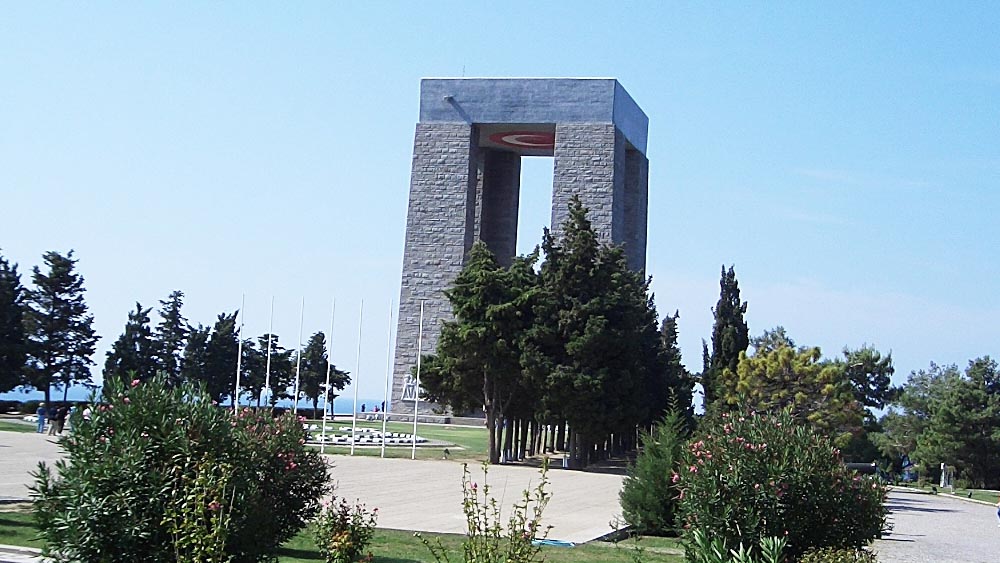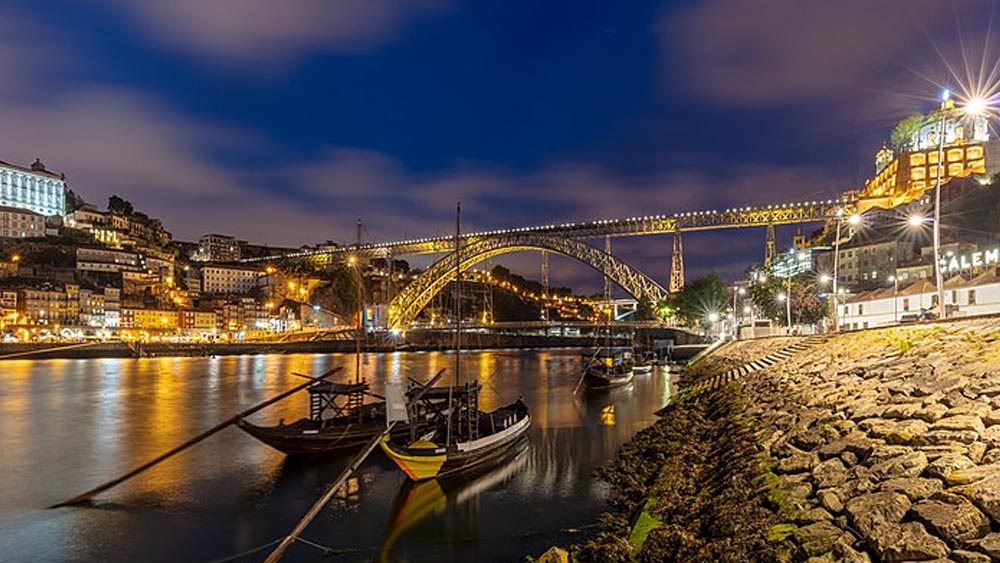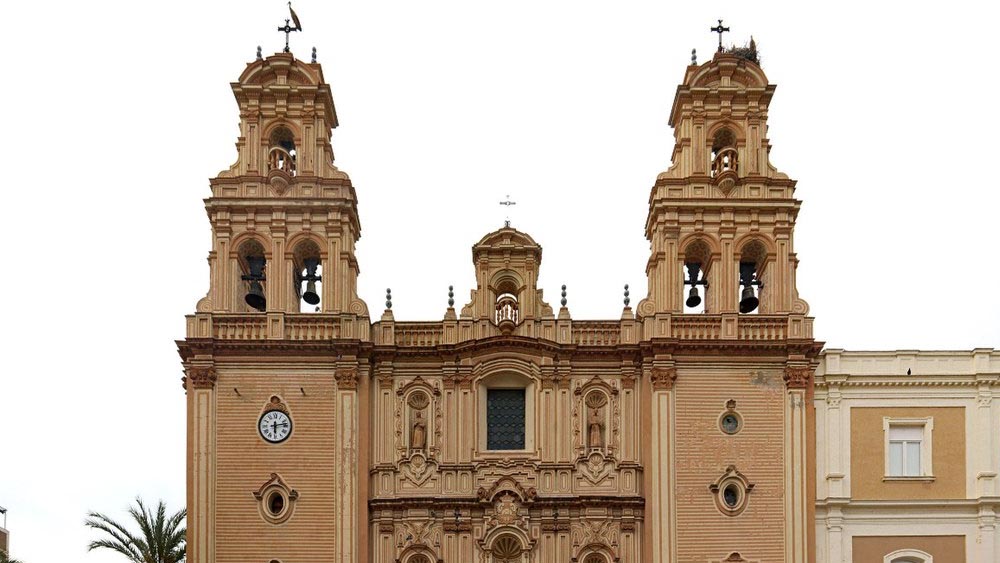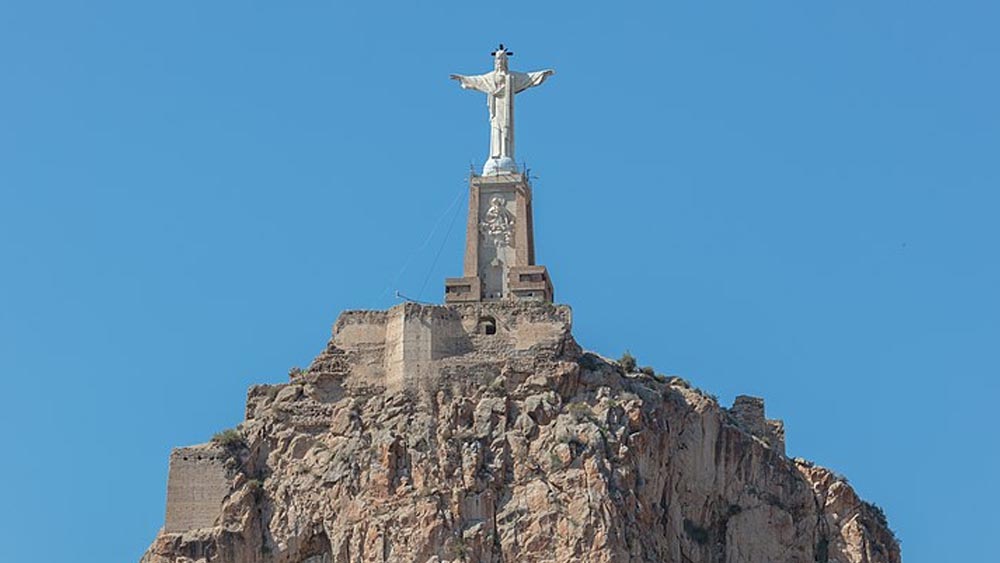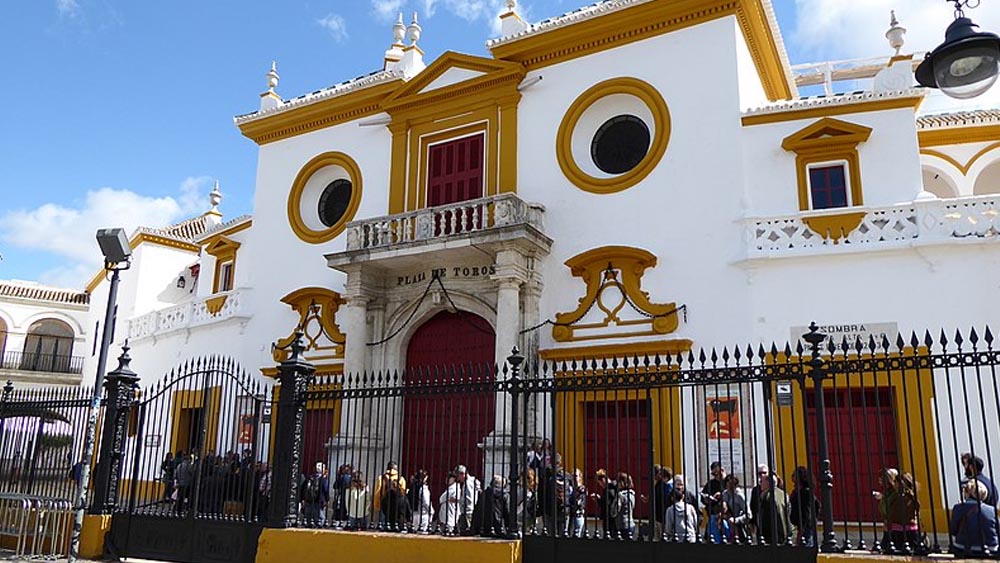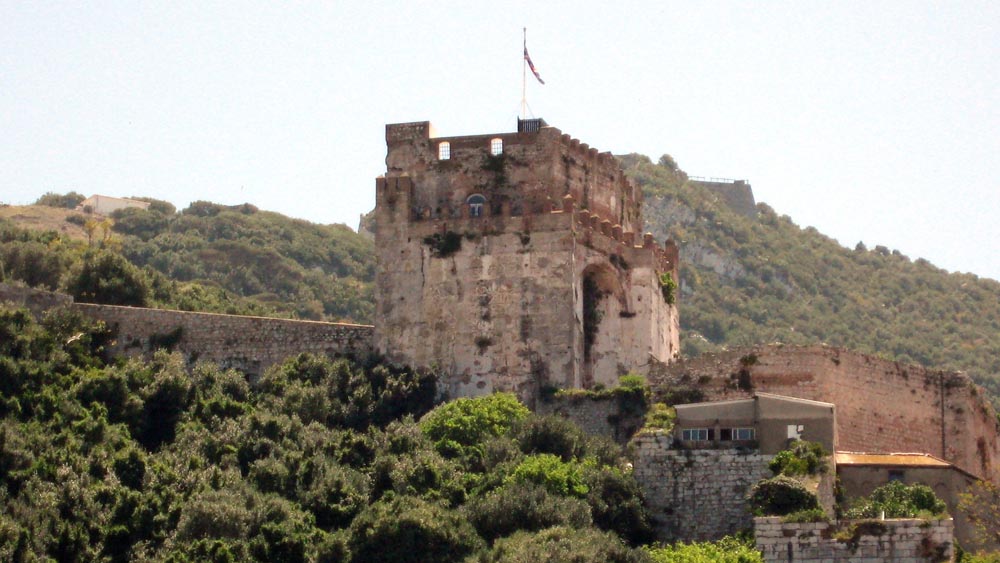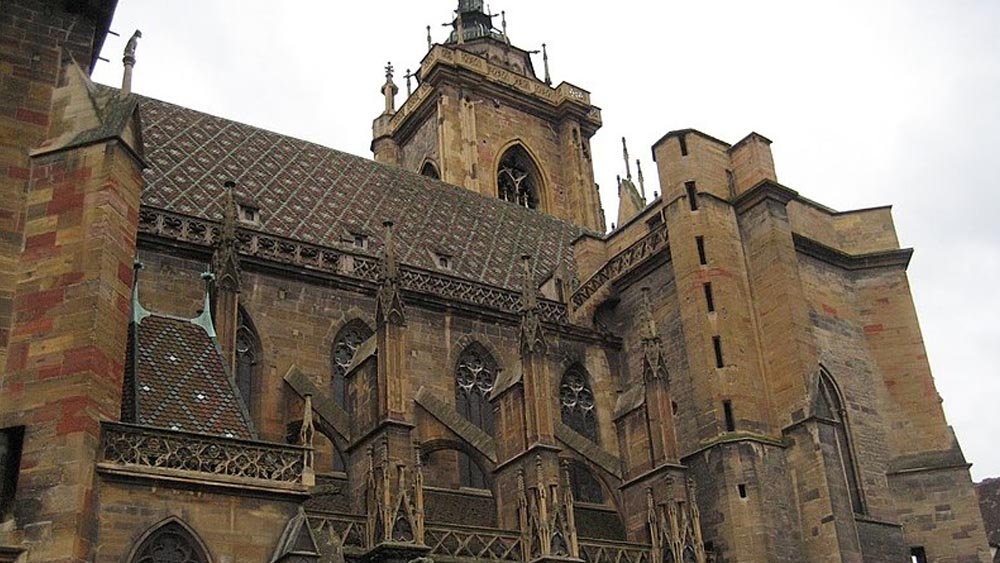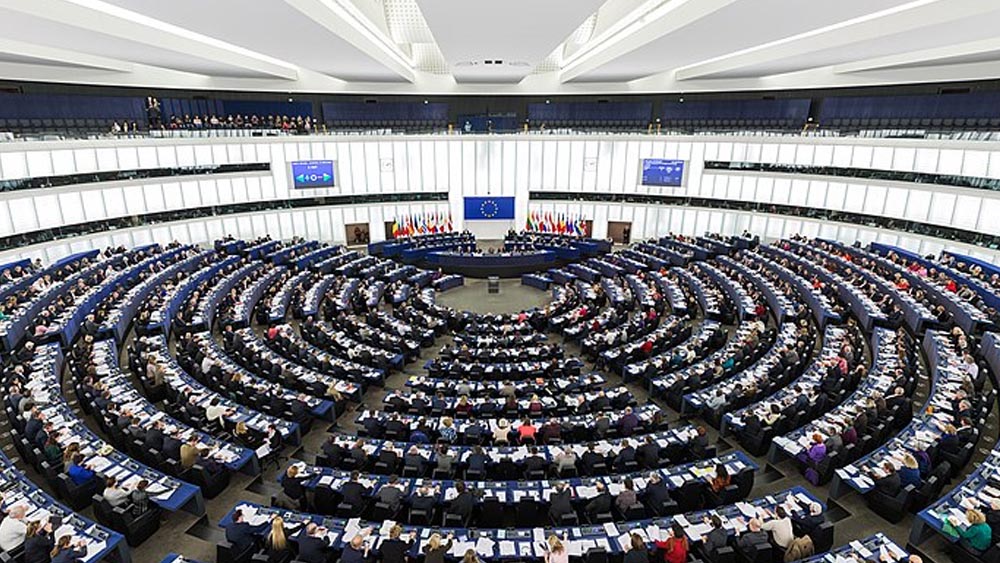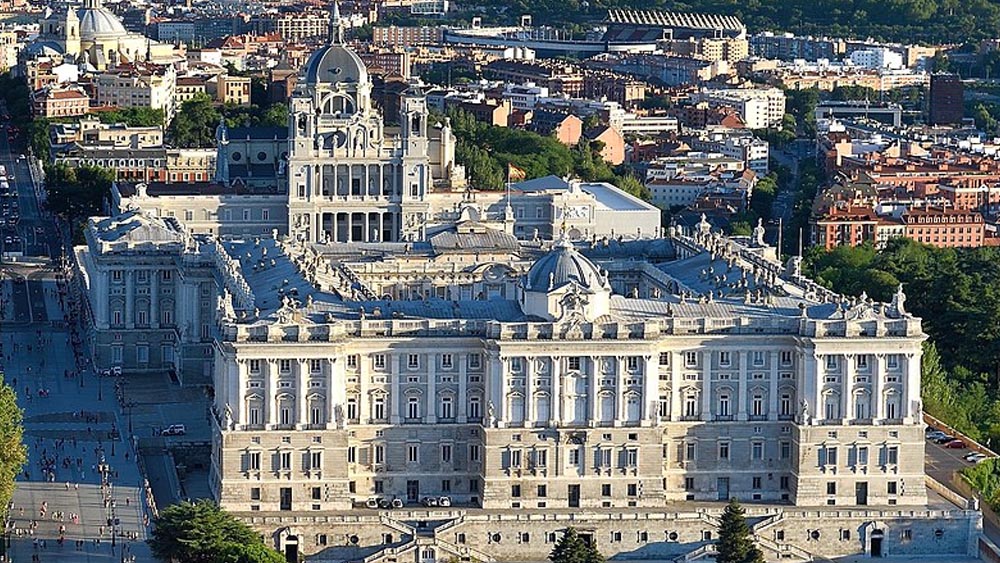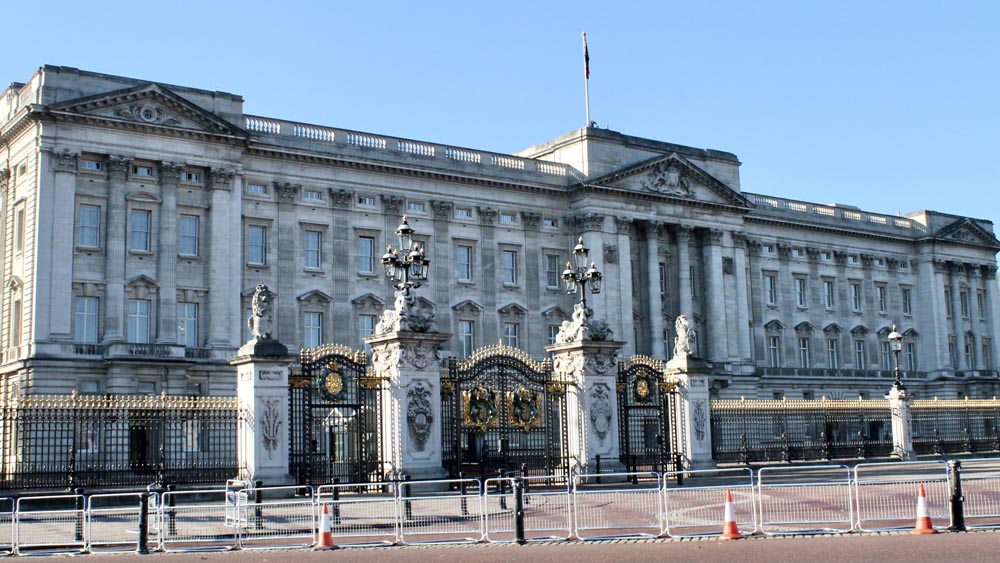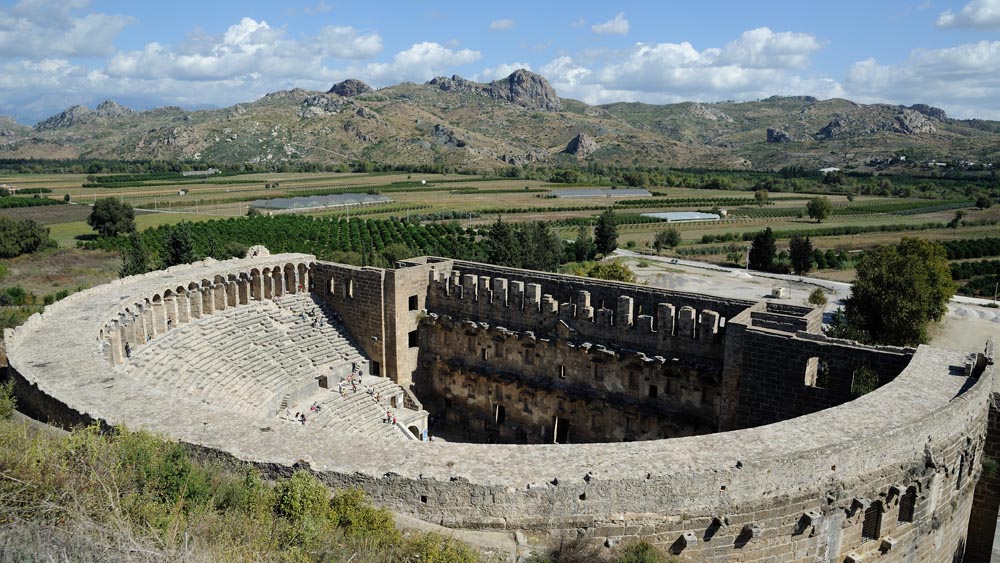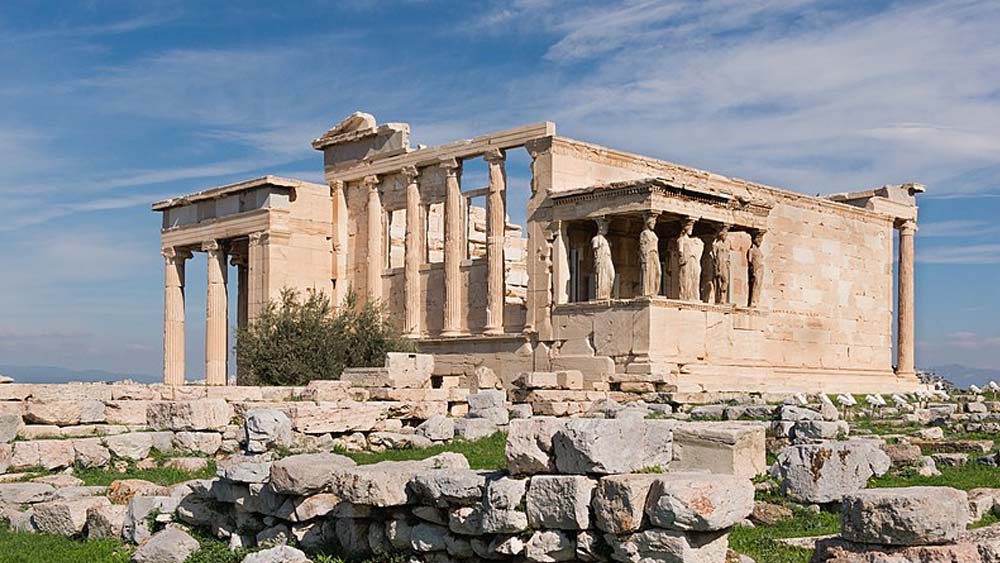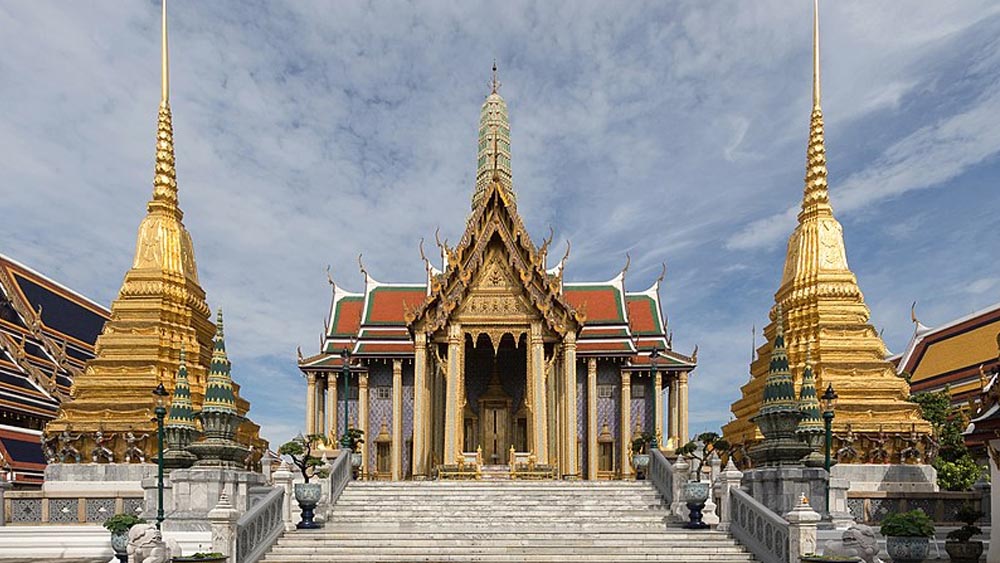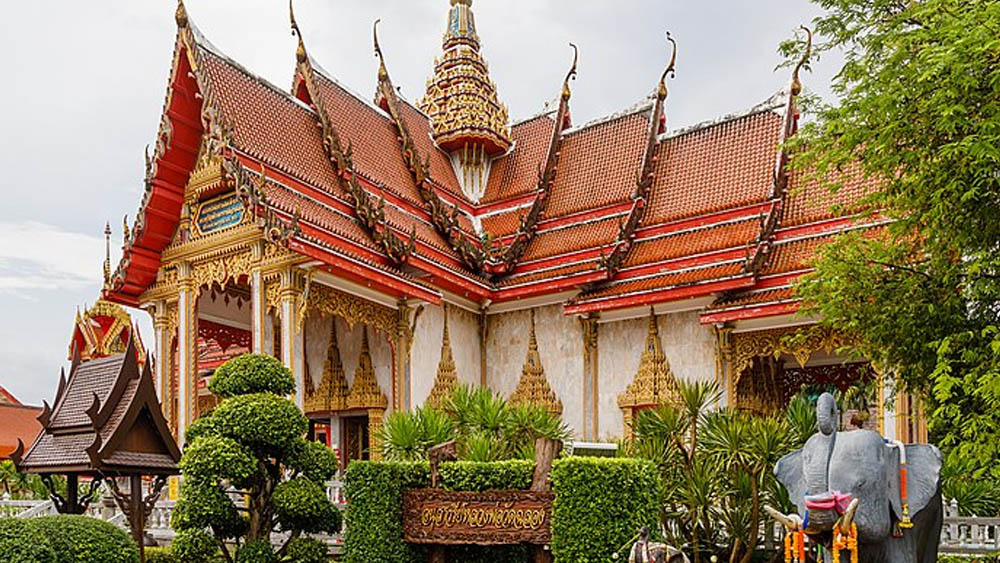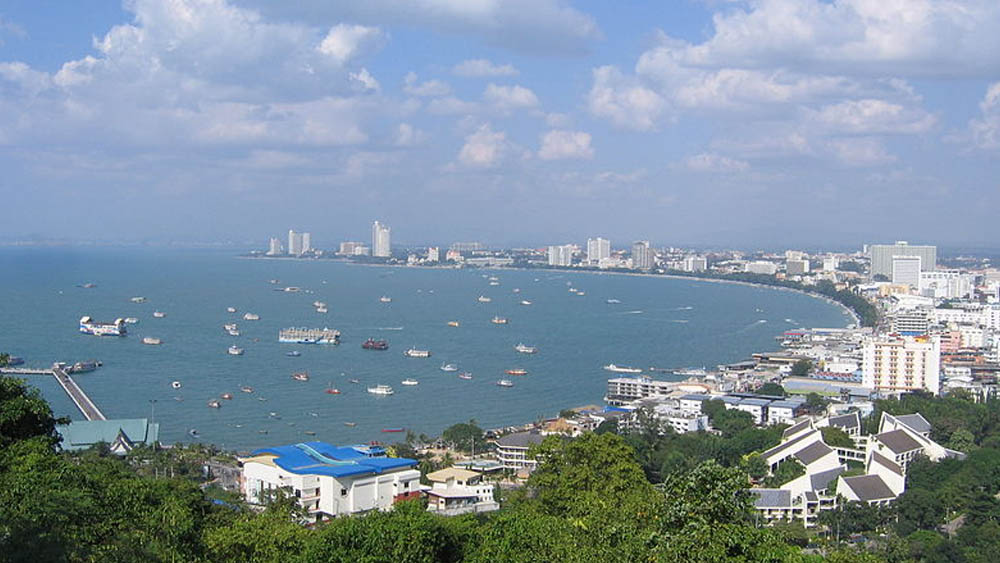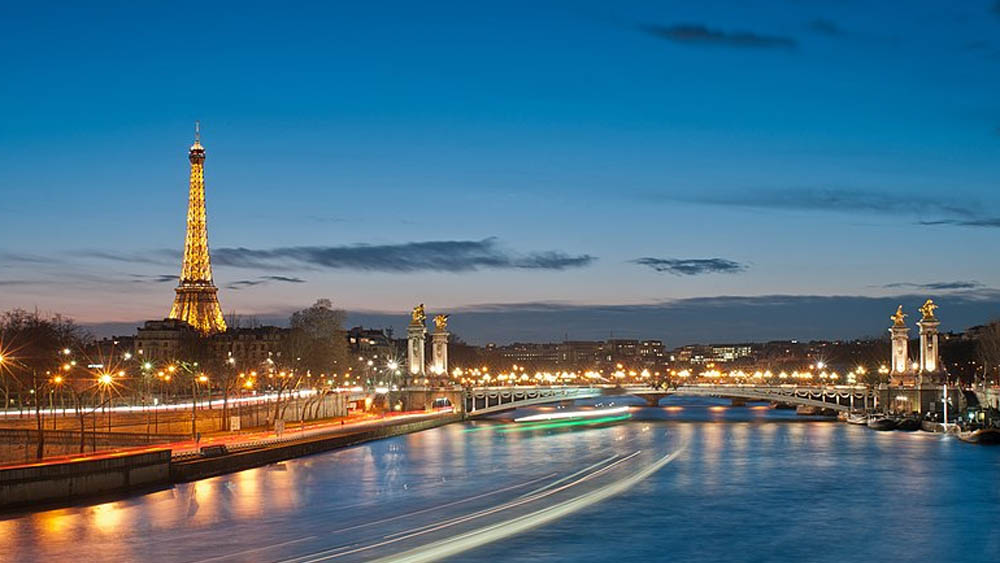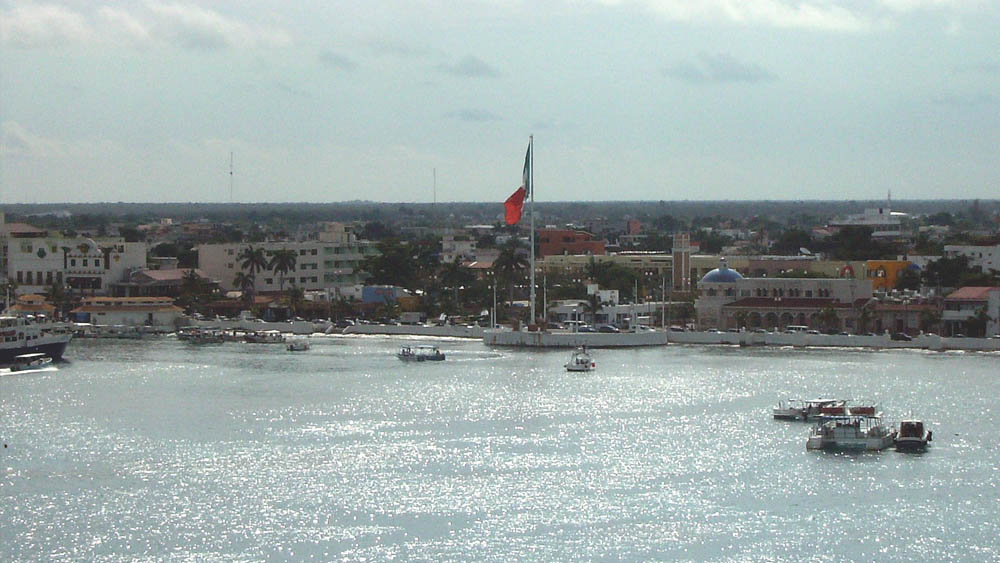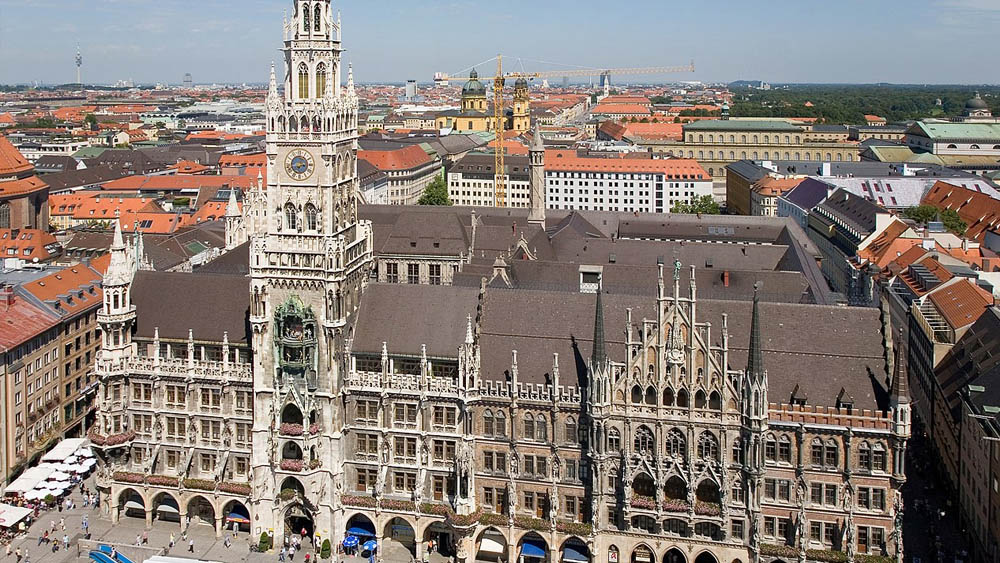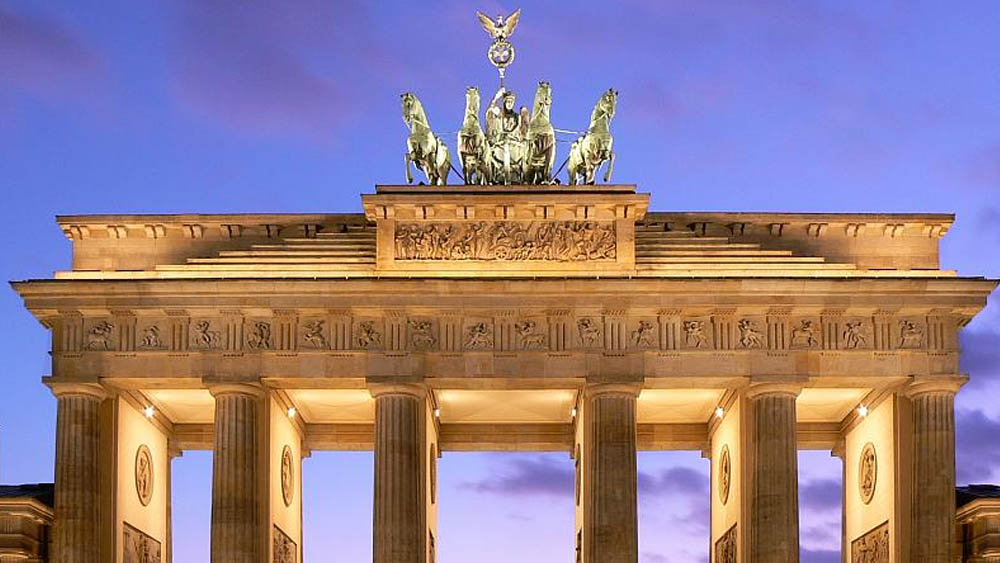Berlin is the capital of Germany and a city of historical significance. It is home to numerous tourist and cultural sites that are protected by the United Nations and UNESCO. In this article, we will explore the 10 iconic places in Berlin that you must see.

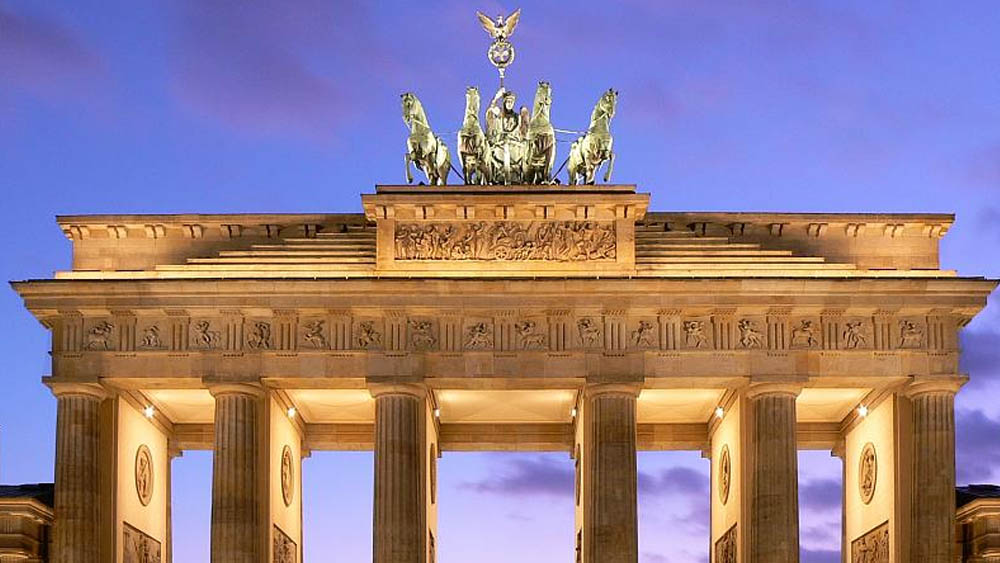
Brandenburg Gate:
Brandenburg Gate, which has become the symbol of Berlin, is one of the city’s most recognized and iconic structures. This magnificent monument, built in the neoclassical style, was commissioned by King Frederick William II of Prussia in the 18th century.
Brandenburg Gate holds great significance in the history of the city. It was originally part of the fortifications surrounding Berlin in the 18th century and served as an entry point to the city. Additionally, during the Napoleonic Wars, it became a symbol of Berlin under French occupation.
However, the most important role of the Brandenburg Gate is symbolizing the division between East and West Berlin. During the Cold War era, with the construction of the Berlin Wall, Brandenburg Gate was closed off by East Berlin and began to serve only a symbolic function. The Gate became a symbol of freedom in West Berlin and represented the passage from East Berlin to West Berlin.
After the fall of the Berlin Wall, the Brandenburg Gate became a symbol of the reunified city. Following the reunification of Germany, the gate was transformed into an important monument and was restored to emphasize its historical significance.
Today, Brandenburg Gate is one of the most popular tourist destinations in Berlin. Visitors can witness Berlin’s history and symbolic importance by visiting this impressive monument. Additionally, in the nearby Pariser Platz square, there are luxury hotels, restaurants, and other significant buildings.
As a symbolic icon of Berlin, Brandenburg Gate offers visitors a historical and cultural experience. Anyone traveling to the city should not complete their trip to Berlin without seeing this significant monument.
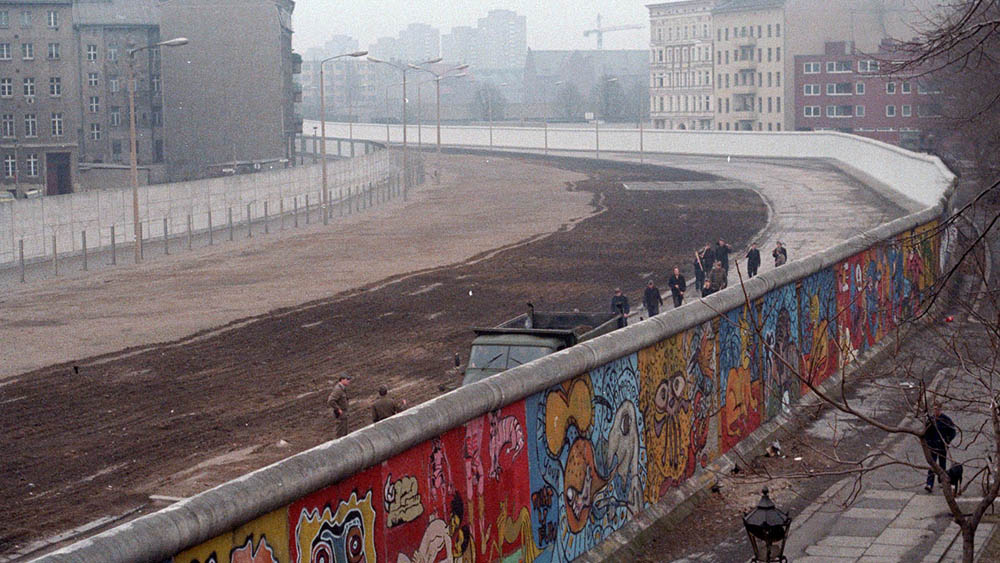
Berlin Wall and East Side:
The Berlin Wall, constructed by East Germany (German Democratic Republic) between 1961 and 1989, was a concrete barrier that separated East and West Berlin. The wall was built by East Germany to prevent the migration of its citizens to West Berlin. The Berlin Wall became one of the most significant symbols of the Cold War era.
The East Side of the Berlin Wall refers to the portion located on the eastern side of Berlin. This area lived separated from West Berlin under the control of East Germany. The East Side was tightly controlled and subject to the socialist regime of East Germany.
The East Side was the area where East Berliners, who had no access to West Berlin, lived. People living in this area experienced a tightly controlled regime and were deprived of their freedoms.
With the construction of the Berlin Wall, the East Side was physically separated from West Berlin and became accessible only through limited checkpoints. The existence of the wall symbolized the division between East and West Berlin and became a historical reality.
With the fall of the Berlin Wall in 1989, the fate of the East Side also changed. The wall’s collapse led to the reunification of East and West Berlin and the reunification of Germany. Today, the remnants of the Berlin Wall and the East Side offer visitors a historical experience. The remnants of the wall are an important point to understand Berlin’s history and witness the Cold War era.
The East Side represents an important area reflecting Berlin’s historical and cultural fabric. The historical buildings, monuments, and museums of East Berlin provide visitors with an understanding of this period. Experiences that the East Side can offer visitors include the Berlin Wall Museum, the East Side Gallery (painted remnants of the wall), and Karl-Marx-Allee.
The Berlin Wall and the East Side are significant reminders of Berlin’s history and its divided past. Visitors gain a valuable opportunity to understand the construction, fall, and reunification of the wall by exploring this symbolic area.
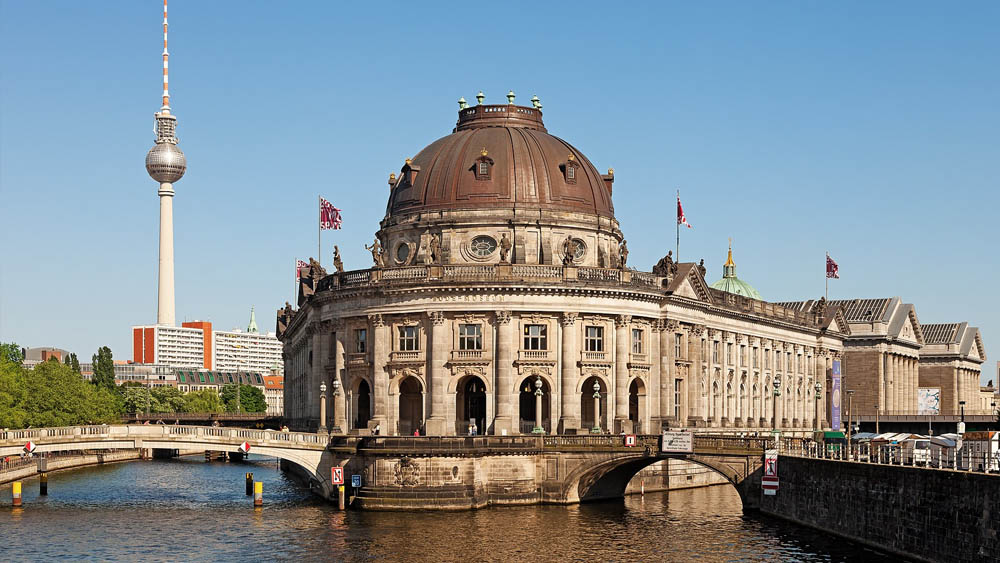
Museum Island:
Museum Island, located in the Mitte district of Berlin, is a world-renowned cultural and art complex. The island houses five different museums that captivate visitors with their rich collections and architectural beauty.
Pergamon Museum: The museum hosts important artifacts from ancient times, including the Pergamon Altar from Ancient Greece, the Ishtar Gate from Babylon, and the Processional Way from Ancient Egypt, among other large-scale works.
Neues Museum (New Museum): The New Museum is famous for its Egyptian collection. The museum displays significant pieces such as the Bust of Nefertiti. Additionally, the collections of the Old Stone Age and Prehistoric Archaeology are noteworthy.
Altes Museum (Old Museum): The Old Museum houses art pieces from ancient civilizations. Visitors can see sculptures, ceramics, and jewelry from Ancient Greece, Rome, and the Etruscan civilization.
Alte Nationalgalerie (Old National Gallery): This museum focuses on 19th-century European art. It exhibits a wide range of works from the Romantic period to Impressionism and Neoclassicism. Here, you can come across famous artists such as Caspar David Friedrich, Auguste Renoir, and Édouard Manet.
Bode Museum: The Bode Museum is renowned for its sculptures from the Middle Ages and the Renaissance, historical jewelry, and European sculptures. Additionally, the museum also hosts collections of Islamic art and East Asian art.
Museum Island is listed as a UNESCO World Heritage site and is known for its historical and cultural richness. Visitors can explore these impressive museums and witness the history, art, and culture of the world. Moreover, you can enjoy a pleasant break by relaxing in various restaurants, cafes, and gardens located on the island.
Berlin’s Museum Island is a globally recognized cultural center and a must-visit for art and history enthusiasts.
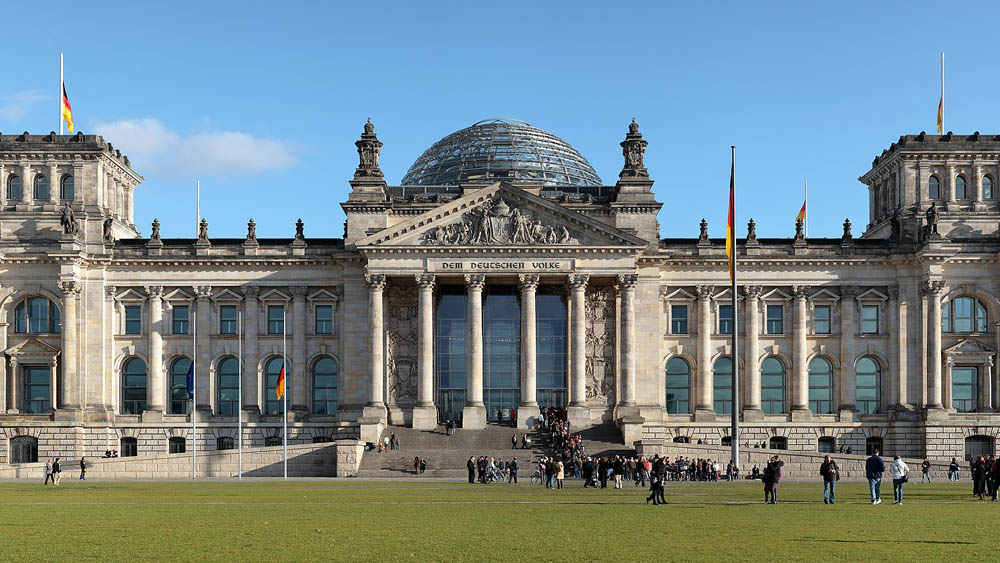
Reichstag Building:
The Reichstag Building is a historic landmark and one of the symbols of Berlin. Serving as the center of the German Parliament (Bundestag), this building has a significant political and historical background.
Constructed between 1894 and 1899, the Reichstag Building was designed by architect Paul Wallot. The building is considered one of the most popular and impressive structures of its time, designed in the Neo-Renaissance style. With its large dome structure, the Reichstag Building stands out in the city’s skyline.
Throughout its history, the Reichstag Building has witnessed Germany’s political changes. It has hosted important events such as the collapse of the German Empire after World War I, the establishment of the Weimar Republic, the Nazi era, World War II, and the construction of the Berlin Wall.
The building’s significant damage during World War II marked a turning point in the Reichstag Building’s history. After the war, the building remained in ruins and was left unused for many years.
However, following the fall of the Berlin Wall, the Reichstag Building was restored and transformed into the new center of the German Parliament. A modern glass dome, designed by Norman Foster, was added to the top of the building, creating a new symbolic element. This dome offers visitors a panoramic view of the city and provides informative pathways inside, offering insights about the historic building.
The Reichstag Building is open to the public and can be visited free of charge. Visitors can explore the exhibition areas inside, observe the workings of the German Parliament, and ascend to the top of the dome to capture breathtaking photos of the cityscape.
The Reichstag Building is an important symbol reflecting Berlin’s historical and political fabric. Visitors can better understand Germany’s past, democratic processes, and the symbolic value of Berlin by exploring this impressive structure.

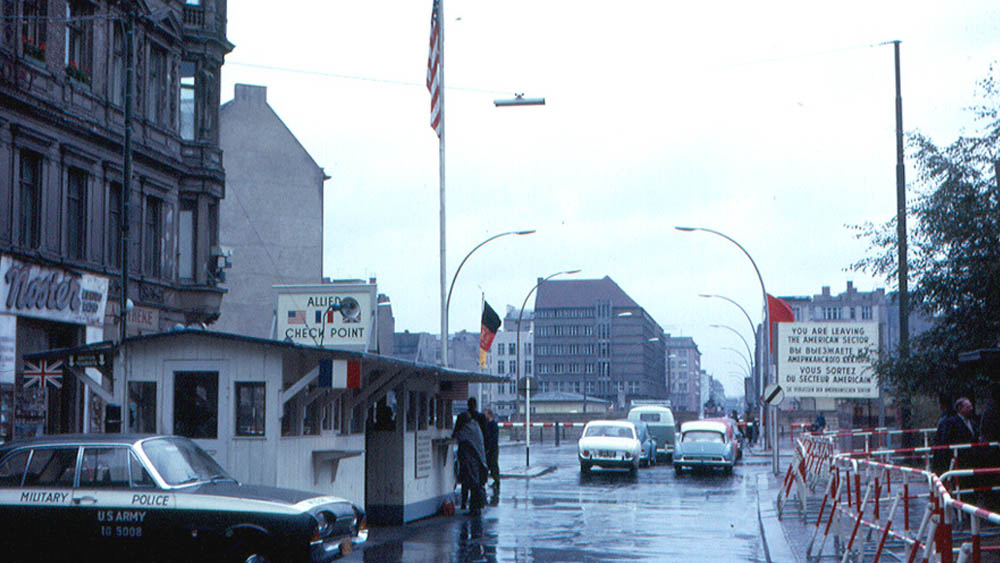
Checkpoint Charlie:
Checkpoint Charlie is an important location in Berlin’s history and serves as a symbolic reminder of the Cold War era. It was a checkpoint located between East and West Berlin and is known as one of the most famous crossing points of the Berlin Wall.
Checkpoint Charlie derived its name from the use of the letter “C” in the NATO phonetic alphabet, where “Charlie” represents “C.” This checkpoint was controlled by American soldiers and supervised the crossings between East and West Berlin. Checkpoint Charlie operated from 1961 to 1989.
After the construction of the Berlin Wall, a tightly controlled border formed between East and West Berlin. Checkpoint Charlie became a symbol for those wanting to cross from East Berlin to West Berlin. Tense moments and occasional conflicts occurred at this crossing point.
Today, Checkpoint Charlie has become an important tourist attraction. An iconic monument stands at the original location of the checkpoint. Additionally, the surrounding area showcases historical photographs and information panels related to the Cold War era. Visitors can learn more about the history of the wall and the division of Berlin in this area.
Near Checkpoint Charlie, the Checkpoint Charlie Museum can be found. This museum is filled with documents, photographs, and other exhibits that tell the story of the Berlin Wall. Visitors can explore the museum and gain a more comprehensive understanding of the wall’s construction, the divided Berlin, and the events that took place in East Germany.
Checkpoint Charlie played a significant role in Berlin’s history and represents a symbolic remnant of the Cold War era. Visitors should explore this area to comprehend the past, experience the impact of the Berlin Wall, and witness the divided history of Berlin.
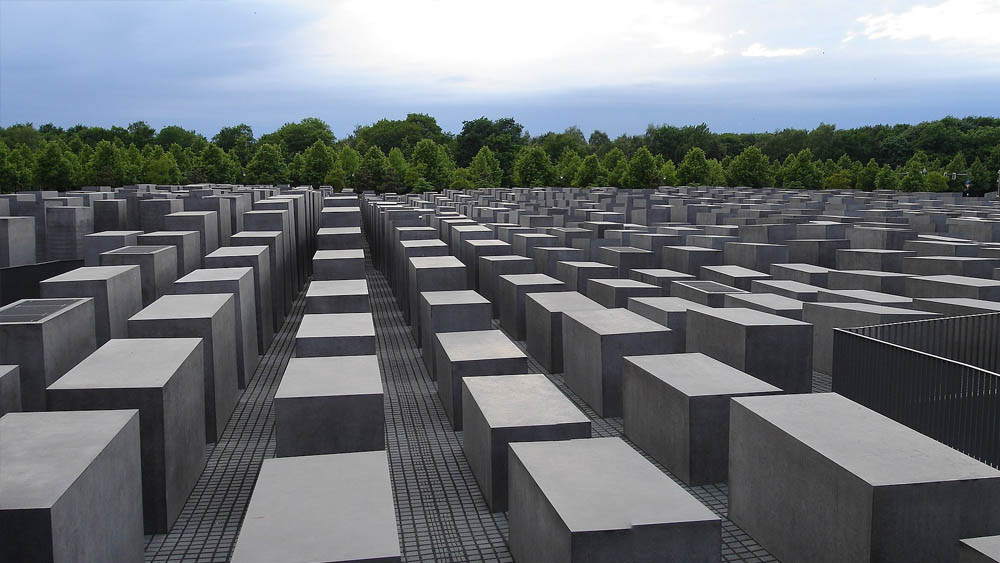
Holocaust Memorial:
The Holocaust Memorial, also known as “The Memorial to the Murdered Jews of Europe,” is a significant monument located in the center of Berlin, built to commemorate the Holocaust, the genocide committed by the Nazis. This memorial, constructed with the aim of honoring the memory of six million Jews who lost their lives in the Jewish genocide in Germany, offers visitors an emotional experience.
The memorial was designed by renowned architect Peter Eisenman. It spans a large area and consists of 2,711 concrete blocks. These blocks are arranged in different heights and sizes. The surface of the memorial is smooth, and it has a labyrinthine structure that allows visitors to wander among them.
The Holocaust Memorial aims to keep the memory of the victims of the genocide alive. The design of the memorial represents the traumatic experience of the genocide. As visitors navigate through the blocks, with their varying heights and irregular arrangement, it creates an emotional atmosphere for them to experience. The silence and sense of isolation inside the memorial draw attention to the painful realities of the Holocaust.
Below the memorial, there is an exhibition hall that provides more information about the Holocaust. The exhibition narrates the history of the genocide, its inhumane practices, and the personal stories of the victims. Visitors can explore the exhibition and gain a better understanding of the impact of the Holocaust on human history.
The Holocaust Memorial is a place of historical and cultural significance. Visitors can remember the suffering of the Holocaust, pay their respects to the victims, and draw lessons from this dark period in humanity by visiting the memorial. It contributes to Germany’s process of confronting and remembering its history while carrying symbolic significance worldwide.
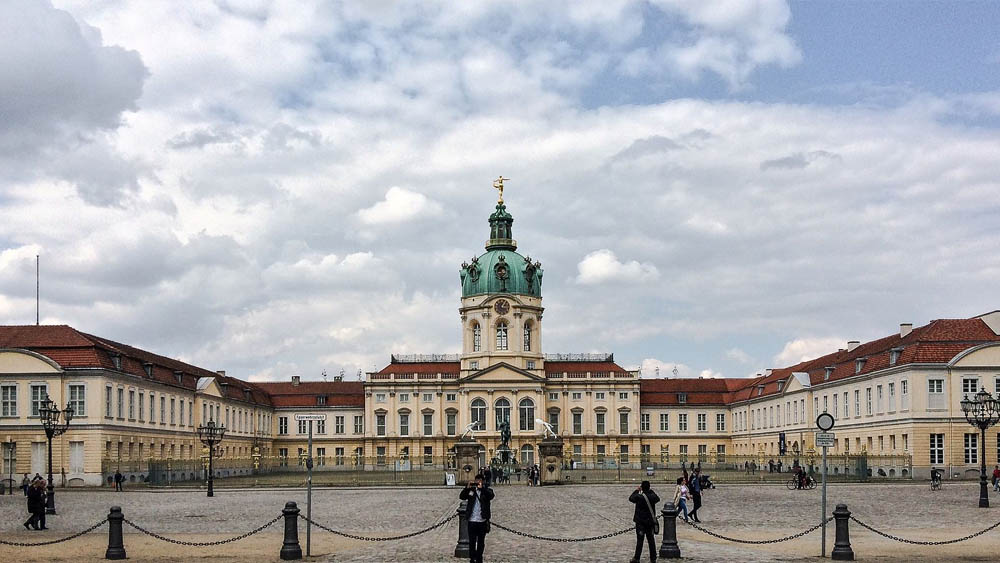
Charlottenburg Palace:
Charlottenburg Palace (Schloss Charlottenburg) is one of the largest and most impressive palaces in Berlin. It is known as one of Germany’s oldest and most significant Baroque palaces. The palace was built in honor of Queen Sophie Charlotte and is named after her.
The construction of the palace began in the late 17th century and was expanded throughout the 18th century. Charlottenburg Palace showcases impressive examples of Baroque and Rococo styles and boasts magnificent architecture. In addition to the main building, the palace complex includes a vast garden, beautifully adorned interior spaces, a courtyard embellished with sculptures and fountains, and an elegant chapel.
Charlottenburg Palace offers visitors the opportunity to explore various sections. Inside the main building, visitors can tour the living areas and salons of the royal family. The palace’s interior is decorated with astonishing details that reflect the elegance of the era. One of the most famous rooms in the palace is the enchanting ballroom known as the Golden Hall.
Within the palace complex, there is also the Charlottenburg Palace Museum. The museum houses the Royal Collection and exhibits many historical artifacts such as furniture, artworks, porcelain, and precious objects belonging to the Royal Family.
The palace’s garden also provides a captivating space for visitors. The garden is filled with well-manicured pathways, flower beds, fountains, and ponds. Concerts and events are held in the garden during the summer months. Additionally, the New Wing building located in the palace’s garden hosts exhibitions and events.
Charlottenburg Palace is a magnificent place to witness Berlin’s history and royal past. The grand structure and elegant interiors of the palace offer visitors a glimpse into the splendor and artistic value of the past. Those who visit the palace can breathe in the historical atmosphere, discover works of art, and trace the traces of royal life while experiencing Berlin’s cultural heritage.
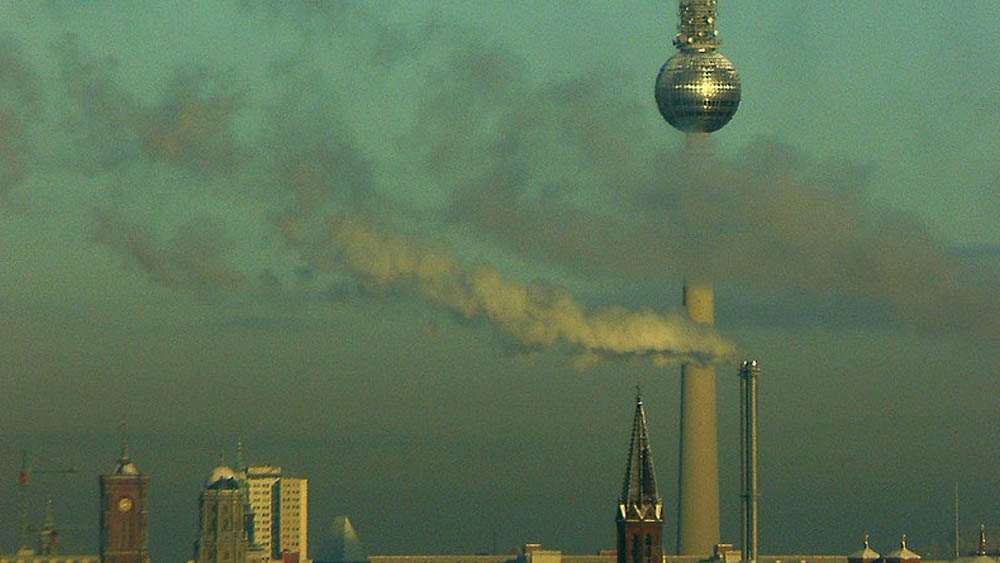
Alexanderplatz and TV Tower:
Alexanderplatz is one of the central and most important squares in Berlin. It is known as a hub for commercial, cultural, and historical activities in the city. Additionally, the Fernsehturm or TV Tower, which has become a symbol of the square, is located here.
Alexanderplatz has played a significant role in Berlin’s history. The square was heavily damaged during World War II but was rebuilt after the war. It served as an important center even during the era of East Germany and acted as the main square of East Berlin. Today, it is a vibrant area with modern buildings, shopping centers, restaurants, and large-scale events.
The most iconic structure in Alexanderplatz is the Fernsehturm or TV Tower. As one of Germany’s tallest structures, the TV Tower stands at a height of 368 meters and defines the silhouette of Berlin. The tower was built in 1969 and has since become a popular tourist attraction. Visitors can ascend the tower to enjoy the magnificent view of Berlin. There is also a restaurant located in the tower.
Alexanderplatz is also famous for its shopping centers, stores, and restaurants. Large shopping malls, fashion boutiques, electronics stores, and souvenir shops can be found here. Additionally, open-air markets and street food vendors are frequently visited spots in the square.
In terms of transportation, Alexanderplatz is an important hub. It is the intersection point for metro lines, trams, and buses, allowing for easy access to other parts of the city.
Alexanderplatz and the TV Tower are significant landmarks located in the heart of Berlin. The lively atmosphere of the square, along with the modern architecture and the impressive silhouette of the TV Tower, offer visitors an unforgettable experience. Those who visit this area can shop, dine at restaurants, enjoy the panoramic view from the tower, and feel the energy of Berlin.
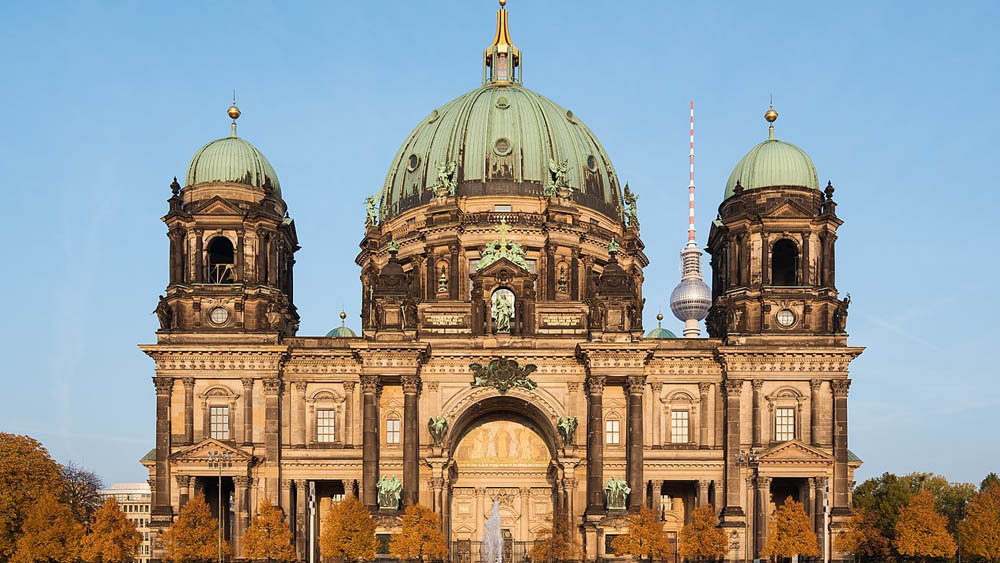
Berlin Cathedral:
Berlin Cathedral (Berliner Dom) is one of the most famous and impressive structures in Berlin. The cathedral, dating back to the German Imperial period, stands out with its architectural elegance and grandeur. Designed by Muslim architect Julius Raschdorff, the cathedral was constructed between 1894 and 1905.
Berlin Cathedral is an impressive example of Neo-Renaissance and Neo-Baroque styles. It dazzles with its high domes, towers, and broad staircases. The interior is equally captivating. Under the cathedral’s large dome, there is a stunningly decorated and lavish main hall. The cathedral also houses numerous chapels, a preaching hall, and tombs.
Berlin Cathedral hosts both religious and cultural events. Regular choir concerts, organ performances, and other music events are held there. Additionally, it is possible to attend religious ceremonies held in the cathedral.
The Lustgarten park surrounding the cathedral offers visitors a place to relax and enjoy themselves. The park is adorned with historical monuments, statues, and fountains. Furthermore, a section of the park is home to the Museum Island (Museuminsel), a museum complex filled with historical and artistic treasures.
Berlin Cathedral is located on the banks of the Spree River in the heart of the city. This location provides the cathedral with a magnificent view. Visitors can climb to the cathedral’s roof and enjoy a panoramic view of Berlin.
Berlin Cathedral holds great significance both as a religious center and as a tourist attraction. With its historical and architectural value, this enchanting structure captures the interest of visitors and represents an important part of Berlin’s cultural heritage. Those who visit the cathedral can explore its interior elegance, appreciate its view, and experience its historical ambiance.
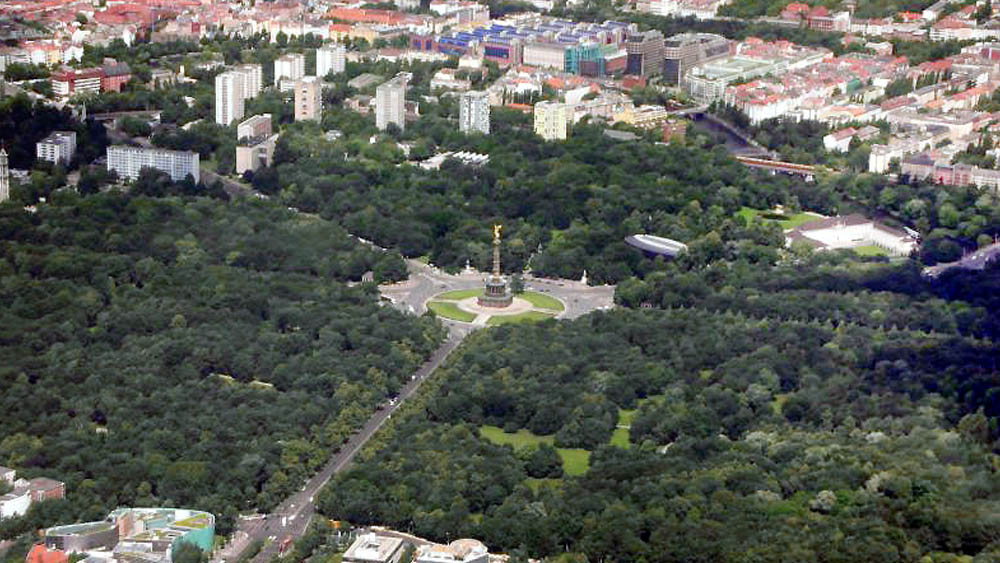
Tiergarten Park:
Tiergarten Park, located in the heart of Berlin, is one of the city’s largest and most famous parks. Spanning across 210 hectares of expansive green space, it is a preferred spot for locals and visitors to relax, have picnics, take walks, and enjoy nature.
Tiergarten Park is enchanting with its historical and natural beauty. Once used as a royal hunting ground, the park was designed in the 17th century. It was later opened to the public and has become one of the city’s most popular recreational areas. The park features vast lawns, ponds, wooded areas, and walking paths.
One of the park’s most prominent features is the Siegessäule or Victory Column. This impressive column was built to commemorate Prussia’s victories. Visitors are rewarded with a magnificent city view when they climb to the top of the column.
Tiergarten Park is also adorned with various sculptures, monuments, and gardens. It houses significant landmarks such as the Bismarck Monument, Goethe Monument, Berlin Zoo, and the Berlin Philharmonic. Additionally, Tiergarten Lake located in the middle of the park is a spot where you can take boat rides during the summer months and enjoy beautiful scenery.
Tiergarten Park is an excellent venue for nature lovers, sports enthusiasts, and picnickers. You can go for walks, runs, bike rides, or simply relax and escape the hustle and bustle of city life. Moreover, outdoor events, concerts, and festivals held in the park provide enjoyable experiences for visitors.
Tiergarten Park serves as a peaceful escape in the heart of Berlin. With its natural beauty, historical monuments, and vast spaces, it offers visitors a relaxing and enjoyable environment. Those who visit the park can immerse themselves in a nature-filled experience and take a break from the stresses of the city.
Berlin is a city filled with historical and cultural riches. These 10 iconic places represent important landmarks that reflect Berlin’s rich history, architecture, and culture. We recommend taking the time to visit these sites while exploring the city. Experience an unforgettable Berlin journey by visiting these iconic locations and embracing the city’s unique atmosphere.


















